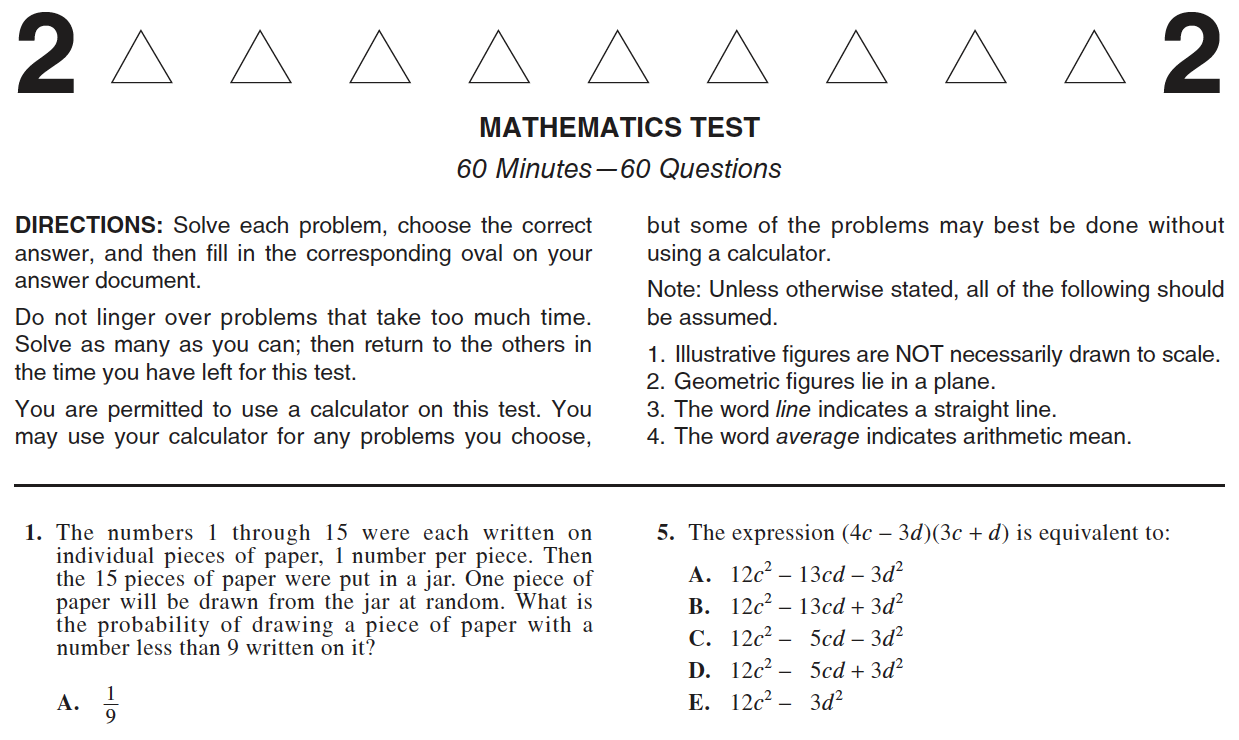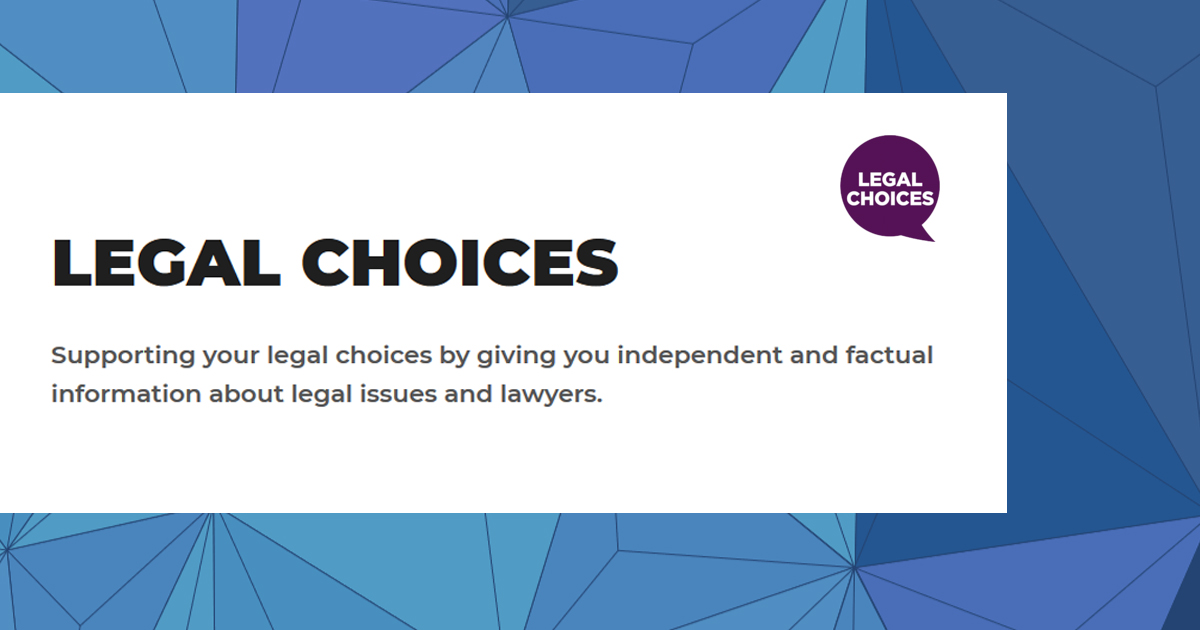

Each question is also counted in other appropriate reporting categories above. This category represents all questions that involve producing, interpreting, understanding, evaluating, and improving models. Solve nonroutine problems that involve combining skills in chains of steps applying skills in varied contexts understanding connections and demonstrating fluency. The questions ask you to address concepts such as rates and percentages proportional relationships area, surface area, and volume average and median and expressing numbers in different ways. This category focuses on measuring how well you can synthesize and apply your understandings and skills to solve more complex problems. Understand composition of objects, and solve for missing values in triangles, circles, and other figures, including using trigonometric ratios and equations of conic sections.ĭescribe center and spread of distributions, apply and analyze data collection methods, understand and model relationships in bivariate data, and calculate probabilities, including the related sample spaces. Students will manipulate and translate functions, as well as find and apply important features of graphs.ĭefine and apply knowledge of shapes and solids, such as congruence and similarity relationships or surface area and volume measurements. Questions may include but are not limited to linear, radical, piecewise, polynomial, and logarithmic functions. The questions in this category test knowledge of function definition, notation, representation, and application.

The student will find solutions to systems of equations, even when represented by simple matrices, and apply their knowledge to applications. Students will employ many different kinds of equations, including but not limited to linear, polynomial, radical, and exponential relationships.

Solve, graph, and model multiple types of expressions. Students will understand and reason with numerical quantities in many forms, including integer and rational exponents, and vectors and matrices. This category is divided into five subcategories.ĭemonstrate knowledge of real and complex number systems. This category covers the more recent mathematics that students are learning, starting when students begin using algebra as a general way of expressing and solving equations. The approximate percentage of the section devoted to each reporting category is: Nine scores are reported for the mathematics section: a score for the section overall and eight reporting category scores based on specific mathematical knowledge and skills.

The use of talking calculators must be approved in advance by ACT.Ĭontent Covered by the ACT Mathematics Test See for details about prohibited models and features. Note: You may use a calculator on the mathematics section. Knowledge of basic formulas and computational skills are assumed as background for the problems, but recall of complex formulas and extensive computation are not required. The material covered emphasizes the major content areas that are prerequisites to successful performance in entry-level courses in college mathematics. Some questions may belong to a set of several questions (e.g., each about the same graph or chart). The mathematics section is designed to assess the mathematical skills students have typically acquired in courses taken up to the beginning of grade 12.


 0 kommentar(er)
0 kommentar(er)
